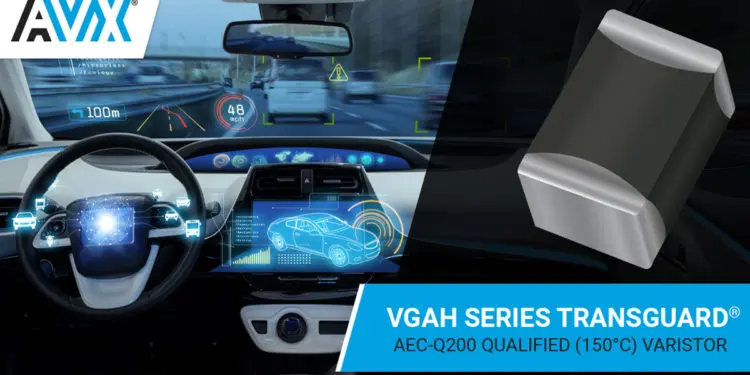Electronics 360 with AVX Corporation published an article on overview of multilayer varistors and its use in automotive circuit protection applications.
Transient voltage suppression (TVS) based on multilayer varistors (MLVs) is designed to prevent damage to sensitive devices and circuits from voltage spikes. The damage to sensors, circuits and electronic components can disable critical functions, rendering a vehicle inoperable until repairs are made.
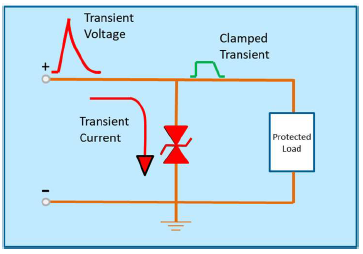
Figure 1. MLVs activate and redirect damaging voltage spikes. Source: AVX
Sources of damaging voltage spikes can include electrostatic discharges (ESD, or static shock), induced secondary voltage from lightning strikes (a high voltage ESD), electromagnetic pulses, voltage surge from motor switching, jump starts, energizing solenoid coil actuators, arcing from faults and load dump from alternator switching. When an electrical circuit or system experiences damaging voltage spikes, a normally off MLV is activated and protects the device by redirecting the spike to ground.
MLVs are constructed from fine, uniform grain ceramic doped with semiconducting zinc oxide (ZnO), which creates a Schottky barrier response. The varistors are fabricated by surrounding ZnO grains with very thin electrically insulating ceramic layers in a sintering process. The insulating ceramic used is a temperature stable X7R-like dielectric, which provides a wide operating temperature range and good capacitance stability. A very uniform and fine grain size has a significant impact on maintaining the high performance of AVX’s MLVs.
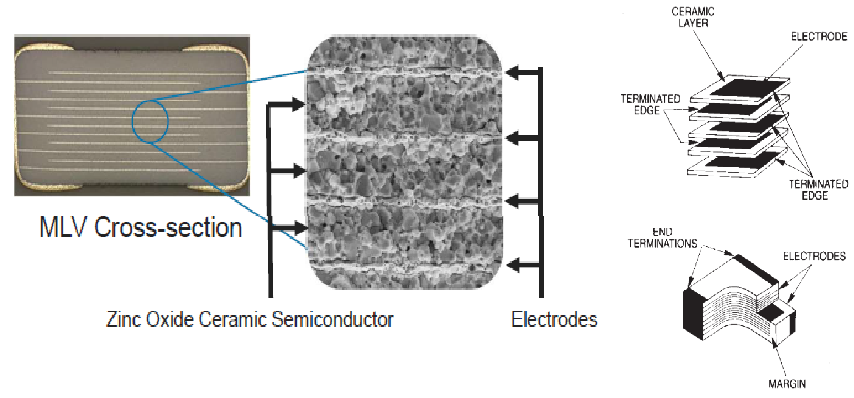
Figure 2. Construction and cross section of an AVX MLV. Source: AVX
While lower cost MLVs may claim to meet the same standards, their lower quality of manufacture results in devices with coarse structures and therefore poor reliability and performance. After repeated voltage strikes with high-current pulses, older or lower quality varistors degrade in electrical performance resulting in decreased breakdown voltage and increased leakage current. The irregular intergranular boundaries in lower quality MLVs cause restricted current paths and other non-Schottky barrier paralleled conduction paths in the ceramic.
TVS diodes are an alternative to MLVs. TVS diodes are open junction semiconductor devices that appear as an opening in the circuit during normal operation. During a voltage spike, the TVS diode junction avalanches, shunting the transient current to ground. TVS diodes have fast response times, but they cannot match the repeated strike capability of MLVs.
Automotive trends and circuit protection requirements
Today’s gas or diesel internal combustion engine (ICE) vehicles continue to employ assorted electronics for safety, self-driving, assisted driving, cameras, engine performance optimization with engine control unit (ECU), communications and navigation. Many of the advanced driver assistance systems (ADASs) in current automobiles have multiple processors as well as high-current sensors and actuators. ICEs already contain over 40 motors and actuators to drive windows, doors, seats, pumps, windshield wipers and other components.
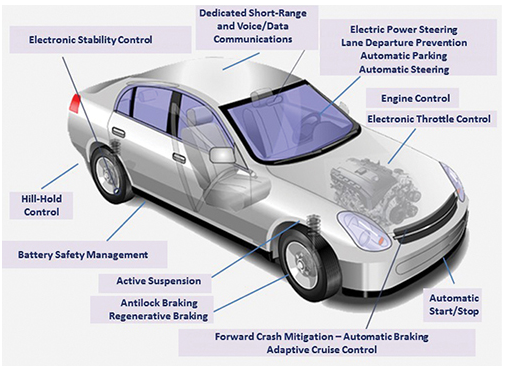
Figure 3. An ICE vehicle. Source: U.S. Department of Transportation
Automotive OEMs are moving away from combustion technology and toward electrification to improve performance as well as reduce emissions and improve fuel efficiency to meet regulations. There have been initial reports of some OEMs moving away from the development of ICE vehicles in the near future. In addition, many electric vehicle (EV) startups have entered or are entering the EV market such as Tesla, Bollinger, Rivian and Workhorse.
EVs have additional electrical power systems controlled by electronics requiring transient voltage spike protection at higher voltage levels. For instance, many of the plug-in EV electrical systems use high voltage(e.g., 400 V) battery systems and hybrid EVs use 48 V systems because the high voltage boosts efficiency and allows lower currents for the same wattage. With lower I2R, the diameter and weight of power cables can be reduced. DC-DC converters are used to produce 12 V power for electronics, sensors, displays and actuators. Future EVs and ICE vehicles may power electronics with a 48 V system to further increase efficiency. Since electrical vehicle batteries must be recharged periodically, the high-voltage chargers can introduce an electric shock hazard (i.e., “hot skin”) and possible source of voltage spikes, especially in cases with incorrect ground bonding (see “Electric Safety of Plug-In Electric Vehicles”). Future vehicles will require TVS devices capable of protection at higher voltage levels without increases in size and weight.
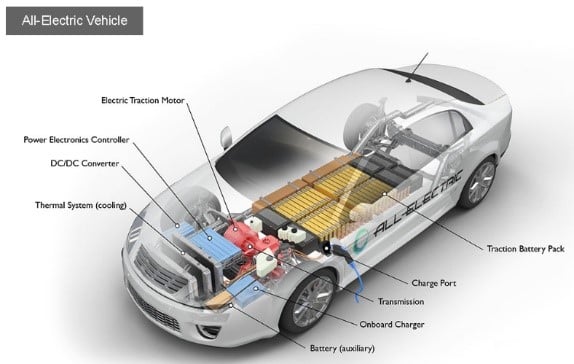
Electronics are often exposed to elevated temperatures from the environment due to vehicle compactness and proximity to the combustion engine, electric motor, Li-ion battery, transmission and brakes. High-speed data lines, RF circuits, antennas, capacitive sensors, touch controls and other capacitance sensitive applications require low signal distortion, low loss and low capacitance TVS devices. Automotive electronics devices also require electromagnetic inference (EMI) filtering. TVS devices can be designed to provide bi-directional transient voltage protection in the on-state and EMI/RFI filtering in the off-state. TVS devices with integral EMI filtering allows designers to reduce costs by eliminating an additional EMI filter part, the board space for the part and the part’s assembly.
MLV advantages
AVX TVS MLVs have many circuit protection performance advantages when compared to TVS diodes. MLVs have extremely fast response times of less than a nanosecond, which minimizes damage caused by transients.
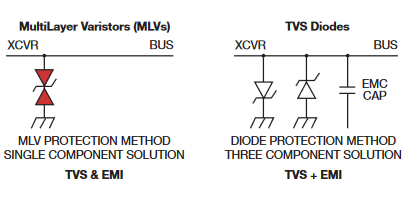
Figure 5. TVS diodes and MLVs. Source: AVX
MLVs are better at handling the temperature extremes experienced by electronic components within a vehicle. MLVs have no derating in performance over wide temperature ranges from -55° C to 175° C. TVS diodes derate significantly with temperature.
They also provide bi-directional protection in the on-state by clamping positive or negative transients. MLVs provide EMI filtering in the normal off-state in a circuit, which is important in communications buses. The low capacitance of MLVs minimizes signal distortion, which is an additional advantage in communications and data applications.
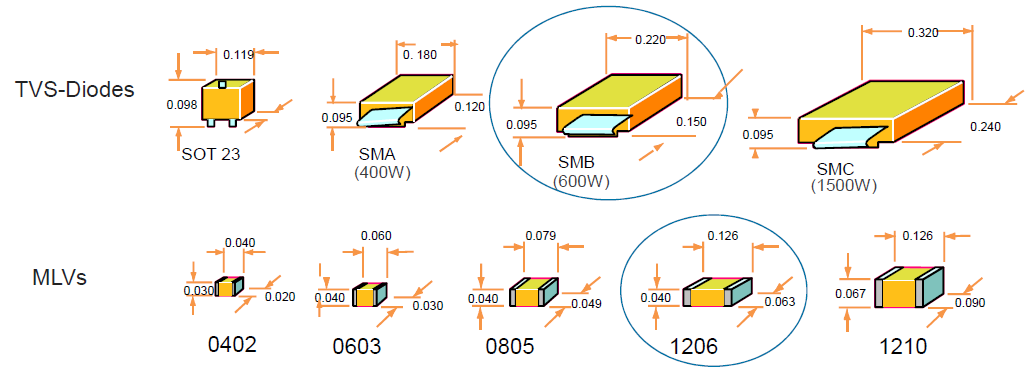
Figure 6. MLV and diode size comparison. Source: AVX
The combination of EMI and bi-directional protection enables MLVs to replace TVS diode pairs providing bi-directional protection and an EMI filter. In addition, MLVs are more compact or have smaller footprints compared to TVS diodes of equivalent power or voltage levels. Reducing the number of components and the size of components in a design can reduce assembly costs, circuit complexity, inventories and free up space for other devices.
TVS diodes are constructed with only one layer to dissipate a voltage spike while MLVs have several layers. MLVs can easily handle highly repetitive strikes because their multiple layers can dissipate more energy.
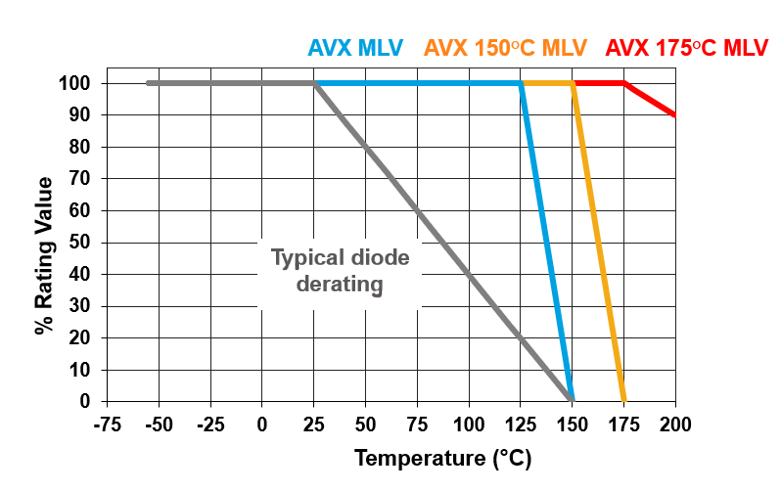
Figure 7. AVX TVS MLVs have zero derating across their full operating temperature range. Source: AVX
Summary
In summary, the key advantages of transient voltage suppressing MLVs are:
- Size reduction when replacing a TVS diode of equivalent performance
- No derating of MLVs with temperature (-55 to 175° C) – an industry first
- Repetitive strike capability – diodes only have one layer, while MLVs can dissipate energy across multiple layers
- Bidirectional protection
- 3 to 1 part reduction compared to diode protection
- EMI/RFI filtering
- Enhanced reliability because the uniform, fine grained MLVs do not wear out
- Meet ISO-7637 test requirements and qualified to AEC-Q200
- Available in compact, surface-mount case sizes, as low as 0201
Electronics design engineers interested in evaluating the AVX TVS MLVs for automotive and other applications can find additional information in AVX’s Circuit Protection Application Guide and MLV Models. For samples to evaluate an electronic system under development, visit AVX.




















